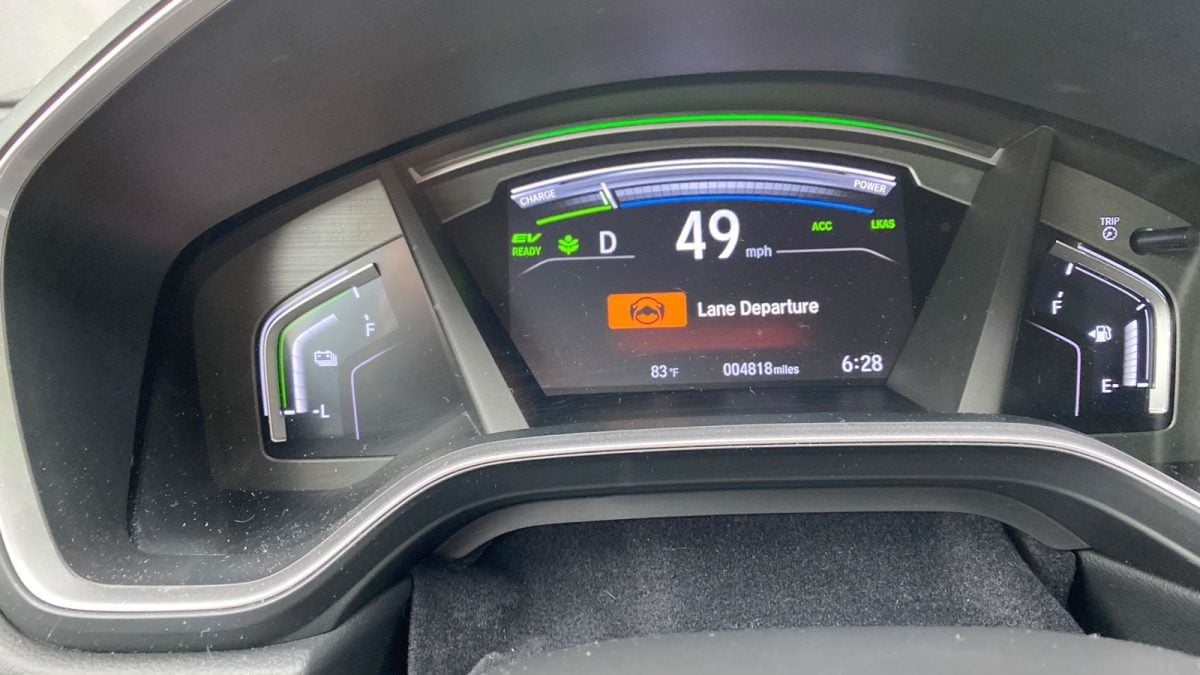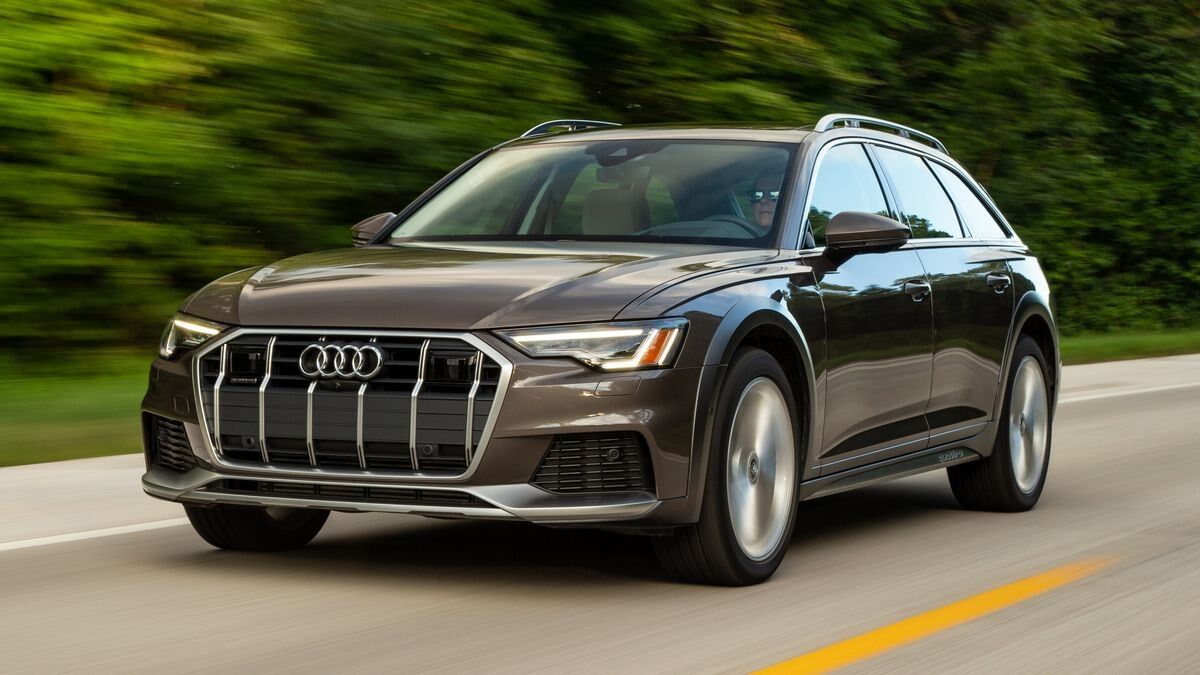Today’s cars include many safety systems designed to help drivers avoid accidents. Some can be switched off. A new study says, however, that most drivers leave them functioning.
About the Research
The Insurance Institute for Highway Safety (IIHS) is a car safety research lab funded by the insurance industry. It conducts crash tests and studies ways to make car accidents rare and minor.
Related: What Is ADAS?
IIHS researchers collected data from 2,400 vehicles brought in to several repair shops in the Washington, D.C., metro area. They had done the same eight years ago, so they were able to compare this year’s results to those from 2016.
We Turn Off Beeps, Leave On Nudges
They found that 87% of cars had lane departure warning – which does what it sounds like it does – turned on. Eight years ago, just 51% had it active.
Related: What Is Lane Departure Warning?
What caused the change? Automakers found a way to make the systems less obtrusive. “Past research has shown that drivers find audible lane departure alerts annoying,” the IIHS says. In both 2016 and 2024, systems that gave an audible alert were more likely to be turned off. Drivers were more likely to leave on systems that used a visual warning or a haptic alert (like a vibration in the steering wheel or seat bolster). More automakers switched away from beeps this time.
Related: Automatic Emergency Braking Is Getting Better
The same was true for systems that warn you when you’re speeding. “The researchers found that visual speed warnings were activated in 70% of vehicles,” the institute says. “In contrast, systems that gave an audible warning when the driver exceeded the speed limit were only switched on in 14% of the vehicles observed.”
Automatic emergency braking, meanwhile, was active in 94% of cars this time and 93% eight years ago. However, the IIHS notes, “In many of today’s designs, those features can’t be disabled.”








